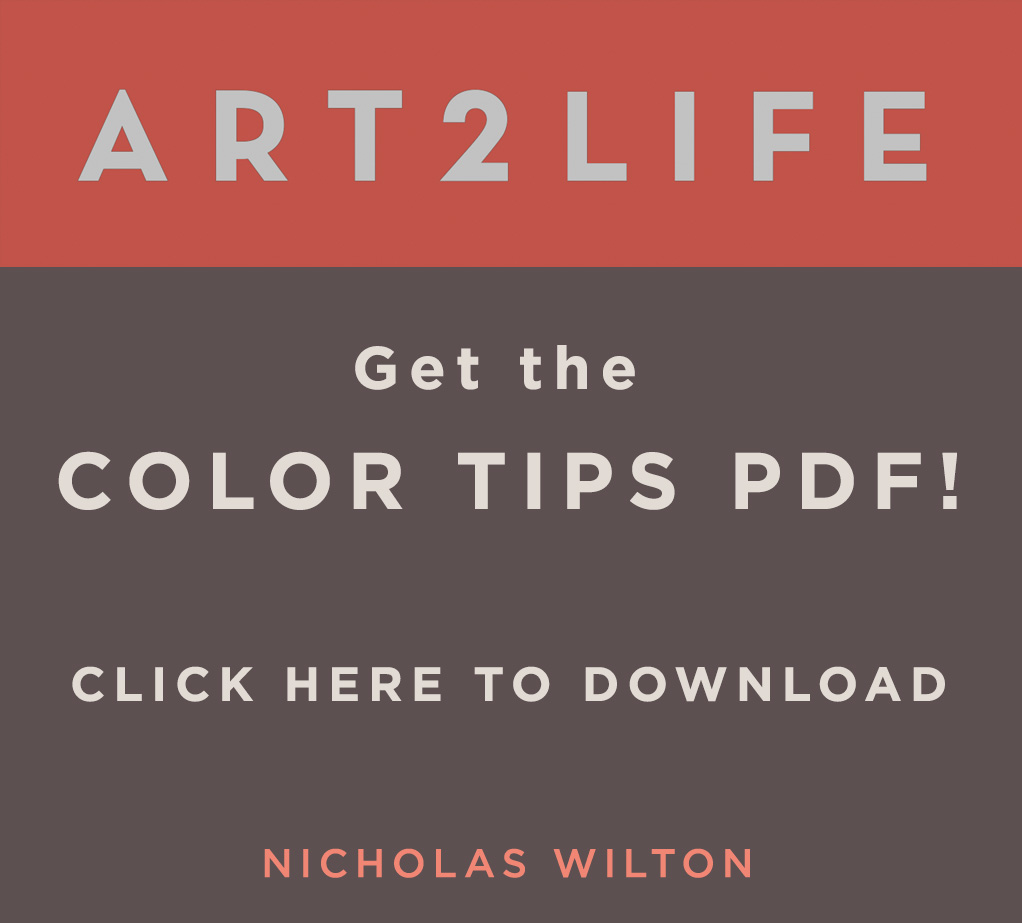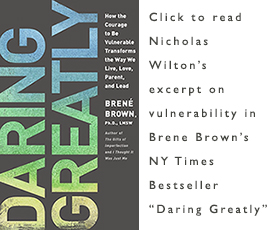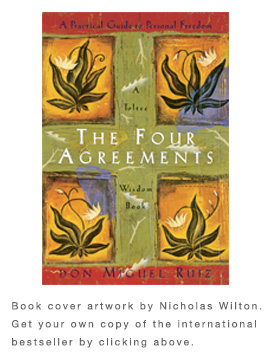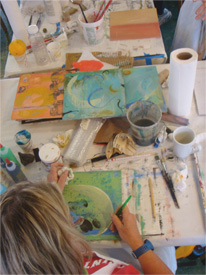Do you ever notice how even though you plan things out, even though you think you know what you are going to do, that sometimes it seems like the universe just has a different plan for you? I have come to realize that this little idea or actually this little truth is an integral part of art making. The surprises, the “I never thought I would make art like this” moments are what, in the end, keep all of us coming back for more. You just never know, even though you think you know, even though you plan it all out, what exactly is going to happen next.
Experiencing someone else’s art, taking a right turn instead of a left or simply giving up out of frustration; these seemingly insignificant moments sometimes set us upon a direction, help crystalize where we are headed. These moments, these pivots are rare but they always come. We just never know when.
Today I would like to share the story of one of these moments. Like all of them, this one was unexpected and it altered the course, the path of art making for a good dozen years. This particular moment was not mine.
It was my father’s, Clifford Wilton. In his words:
“In 1991, my wife Ann and I built a house near Aspen, Colorado. We spent a strenuous seven months mid-wifing the house into existence and felt we needed a break. Sculpting and painting for a week? Perfect.
Ann signed up for a marble carving class in the mountain village of Marble, and I joined a painting group, also in Marble. I spent a day digging out my painting stuff from storage, tubes and cans of oil paint, a home-made easel, a couple of canvases and a TV table to support a large glass palate. It was a good thing, I remember thinking, that I would not have to walk far from my car.
I met my new friends for a day of painting from nature, plein-air. The group of eight or nine artists gravitated to the center of the little town. There wasn’t much there, a few houses and a small church. It was a slab sided structure, with lots of whitewashed clapboard. The group drew up their little stools around the church and set to work, “plein-airing” away.
My artistic senses rebelled against such an uninspiring subject so I gathered up my gear and set off down the hill toward an aspen grove. It was hard going. The grove became a forest and was getting more and more dense. My load was getting heavier and more cumbersome.
After about half a mile I came across an old Chevy pickup truck in its final resting place. Thirty-five years before it had been lustrous red. Now, in the dappled sunlight it had weathered to a greyish pink. Its hood was sprung, lights smashed and the tires had not seen air, plein or otherwise, for years.
In a flash I knew I had found my subject. I had found my inspiration.
In the months I spent in the Colorado high country, I formed a defiant and somewhat contrary view on the much-vaunted Colorado landscape. The snow-capped mountains were certainly majestic, the valleys rich and green with rushing mountain streams.
But I became aware of a much different countryside. Dotted throughout the valleys were rural settlements where families lived surrounded by an accumulation of junked cars, trucks, and rusted farm machinery. Once, all that stuff had been new, often even attracting one’s neighbour’s admiration for each new acquisition.
Now, it was just sad. Someone, I felt, should acknowledge this man-made landscape. Someone should create a memorial to these metallic graveyards. That old Chevy truck I stumbled across in the woods that day made me that someone.
For several years after, I sought out junker cars and painted them. The years of decay, the slip from manufactured iron to rust abstracted their forms. Which in turn, led my work into a semi abstraction too. And then, gradually, many years after painting that first Chevy truck my paintings became wholly abstract.
Ann and I eventually moved to Oregon and my interest in the Colorado landscape faded. I don’t know what my work would have been like today if I had not taken that path into the woods that day. It was, looking back, how I found my way from plein-air representation to large, entirely abstract studio paintings. Today, my art is no longer derived from what I see outside of myself, but is drawn entirely from what I see within. And for this I am truly grateful.”
My father, always an inspiration to me, continues to paint and more recently write. He resides in Ashland Oregon with his wife Ann. The blog image above is one of Cliff’s junker car studies. Oil on board, 5” x 7.” To see more of his available paintings email directly Cliff at [email protected]
What has been your recent inspiration? Did you know it was coming?
Inspiringly,
Nicholas and Clifford Wilton




